AGGIE GREEN FUND  TEXAS A&M UNIVERSITY
TEXAS A&M UNIVERSITY
AGGIE GREEN FUND  TEXAS A&M UNIVERSITY
TEXAS A&M UNIVERSITY
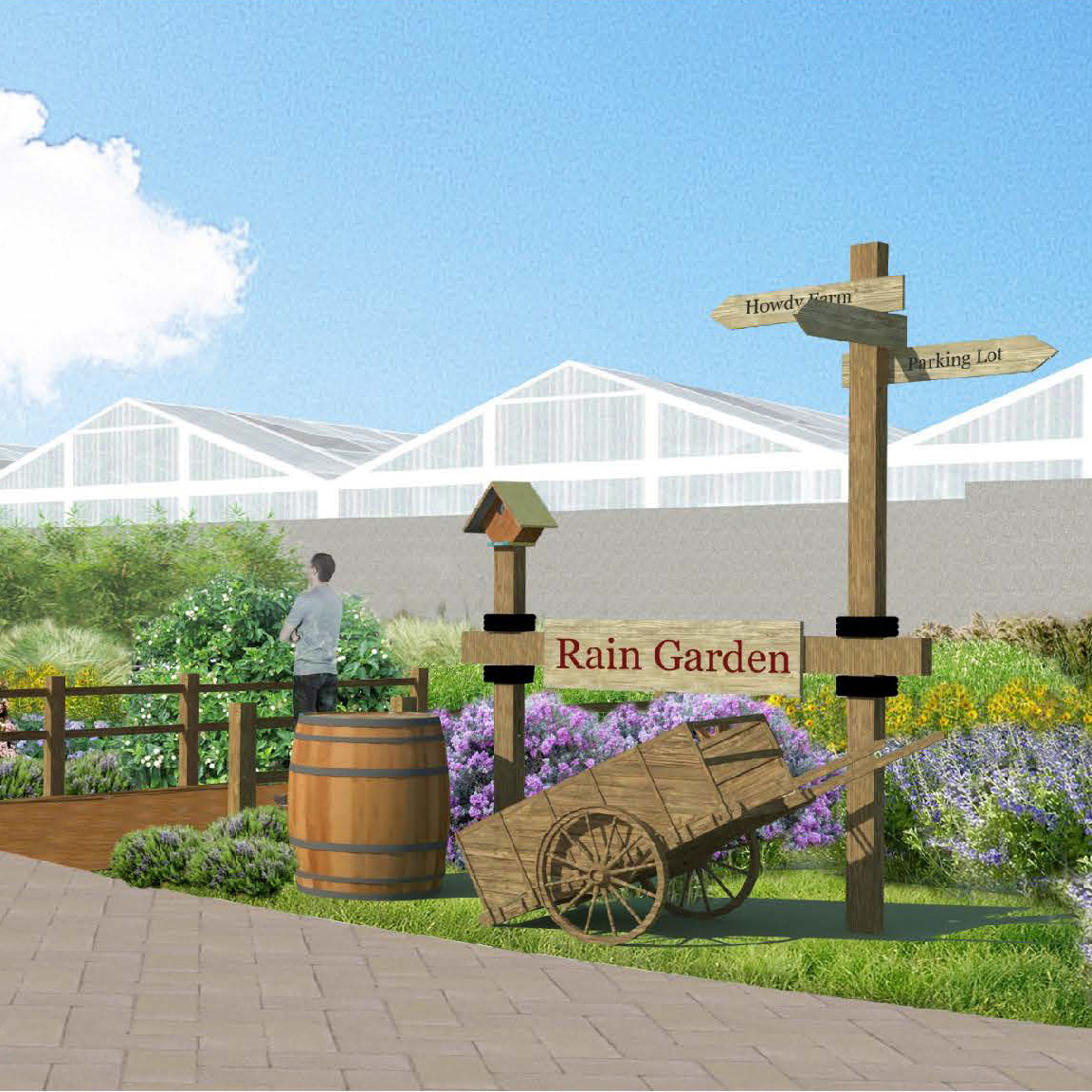
This project created an interactive and educational testbed which showcases the process of Low Impact Development (LID) techniques for managing stormwater runoff. The purpose was to develop an on-campus living LID laboratory to expose students to experiences that go beyond the traditional classroom. The facilities are between the Langford Architecture Center and Scoates Hall.
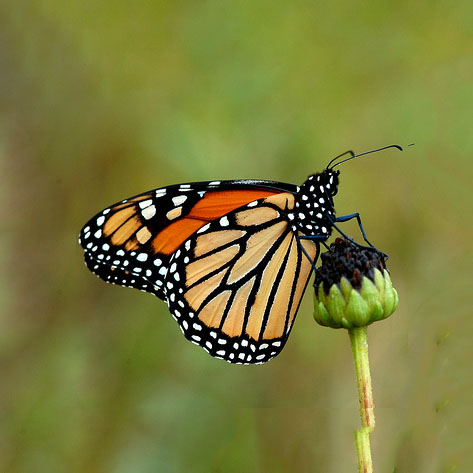
The project aimed to restore Monarch populations by establishing habitat for the butterflies on their annual migration through Brazos Valley. In addition, the landscape installation functions as a living laboratory for the student and community. The garden site is in a high-traffic area of campus where a multitude of students can view and study the flowers and Monarchs.
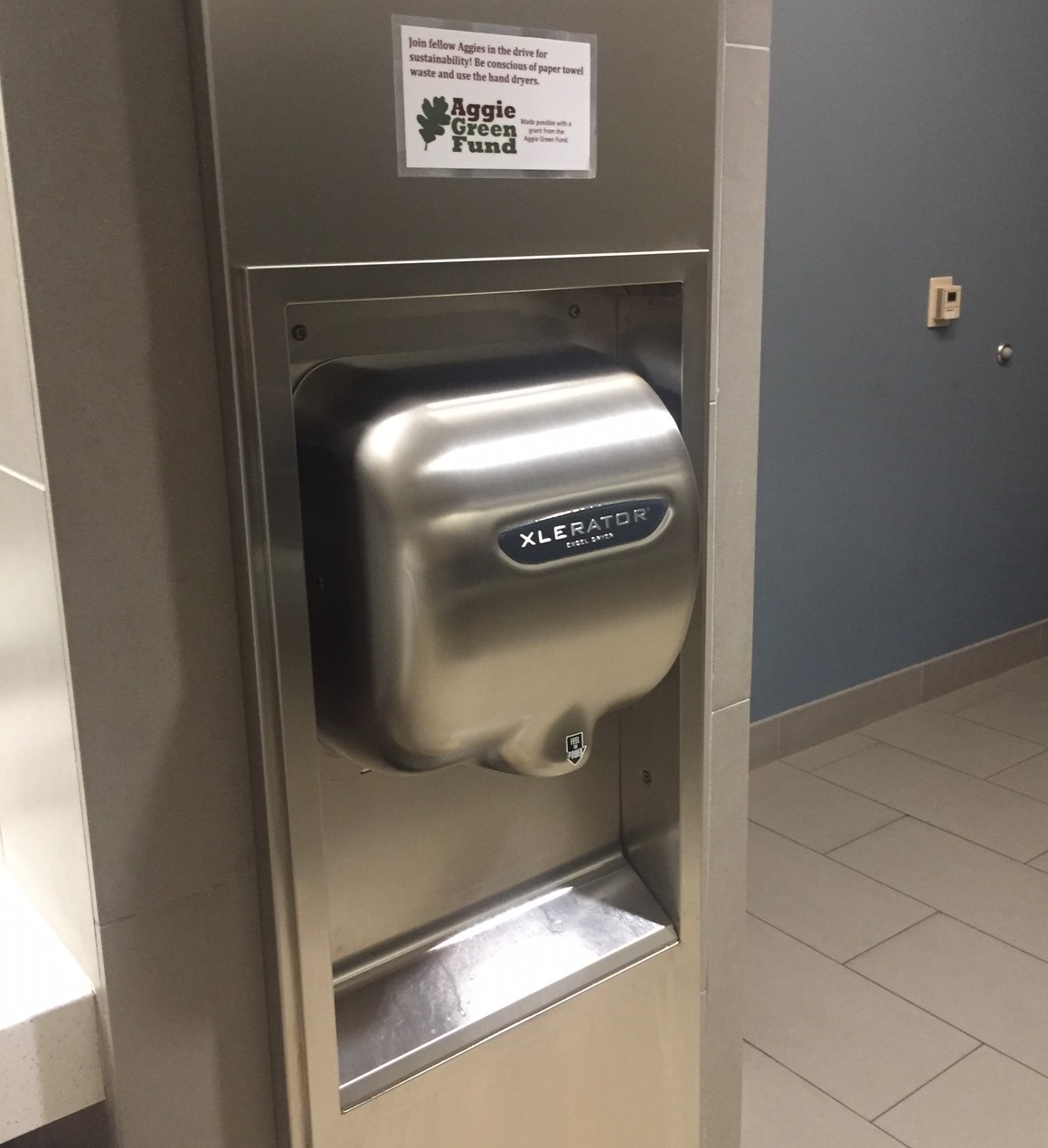
This project provided two energy-efficient and cost-effective XLERATOR hand dryers in the Agriculture and Life Sciences building. The dryers take very little energy to operate and will be conveniently installed close to the sinks.

The project installed “V-Kool” window screens on over 100 windows in the O&M and Halbouty buildings. The screens were placed on the south and west-facing windows to decrease average room temperatures which save an estimated $5,737 annually in energy costs.

Engineers Serving the Community (ESC) built a green roof for the renovation of the Zachry Engineering Education Complex. The green space is roughly 13,500 square feet and works to improve air quality, reduce energy costs, and assist in stormwater management by collecting and using runoff.
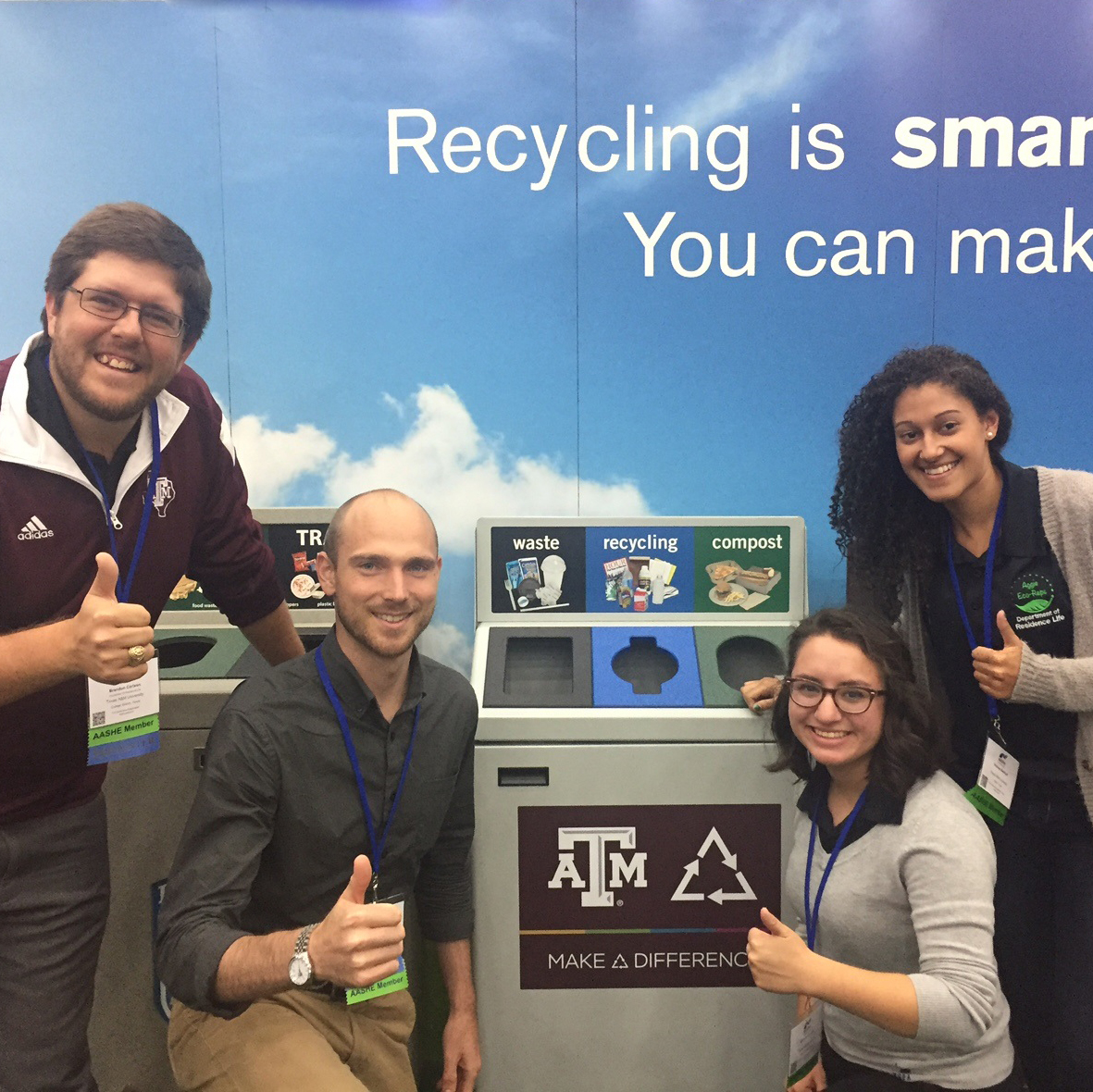
The Aggie EcoReps and residents of various residence halls noticed a lack of indoor recycling facilities in on-campus residence halls. This project funded stainless steel, three-stream receptacles on the first-floor interior corridor of every residence hall. This makes recycling more accessible to on-campus residents and reduces the amount of waste sent to landfills.
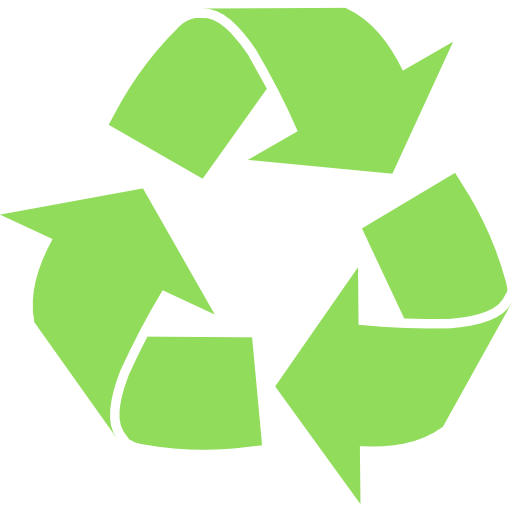
This project provides uniform signage for recycling units in each of the residence halls. The ultimate goal is to increase the visibility of the receptacles and demonstrate how to sort the recyclables.

This project installed one water bottle filling station on each floor of the residence halls. The purpose of the project is to reduce the amount of beverage container waste on campus and provide a sustainable option for drinking water.